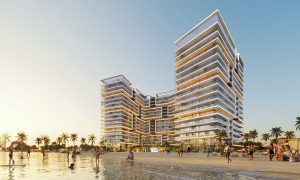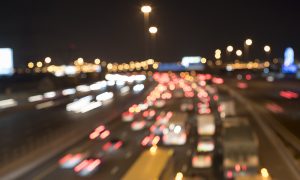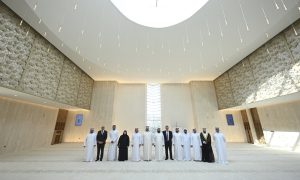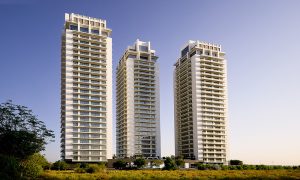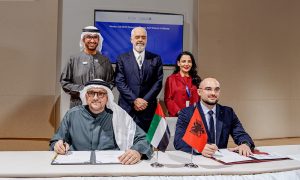RTA says upgrade work on multiple Red Line metro stations 40% complete
Stations were selected based on several criteria including passenger numbers and population density

Steady progress is being made on the Dubai Metro Red Line upgrade project, Dubai’s Roads and Transport Authority (RTA) has announced. Work on the Dubai Internet City, Damac Properties, and UAE Exchange stations is said to be 40% complete.
According to a statement from the RTA, the scope of work includes the construction of an additional western entrance at Dubai Internet City station and improving the link between Damac Properties station and Dubai Marina Tram station. The latter will help the station cope with the growing number of passengers during the morning and evening peak hours. An additional eastern entrance will be built at UAE Exchange station to ease the arrival of passengers at the station.
“The improvement of stations along with the surrounding infrastructure aims to bring happiness to commuters and enhance the experience of pedestrians and cyclists, besides providing safe and smooth mobility for people of determination. This project is part of a master plan to improve the infrastructure of 40 metro and marine transport stations by 2025. The plan calls for improving the link between the stations and the surrounding urban and tourist destinations in a radius of 500m. It also ensures safe and smooth accessibility of those areas to pedestrians, cyclists and drivers,” said Mattar Mohammed Al Tayer, the director-general and chairman of the Board of RTA Executive Directors.
The eastern and western sides of the station’s entrances are also undergoing civil works to improve the integration of transit means and the accessibility of metro stations. The upgrade project includes the construction of pedestrian crossings, shaded rest areas, landscaping and signage, the RTA noted.
He added, “The selection of those stations was based on several criteria such as the number of passengers, number of people of determination users, population density, geographical distribution in the surrounding areas, and the number of mobility journeys between transit means.”
